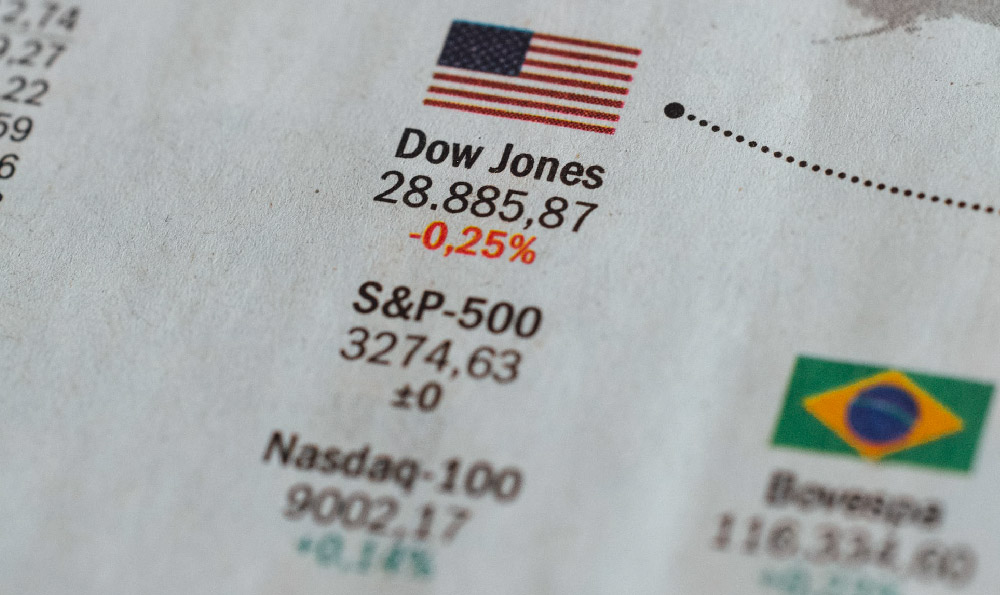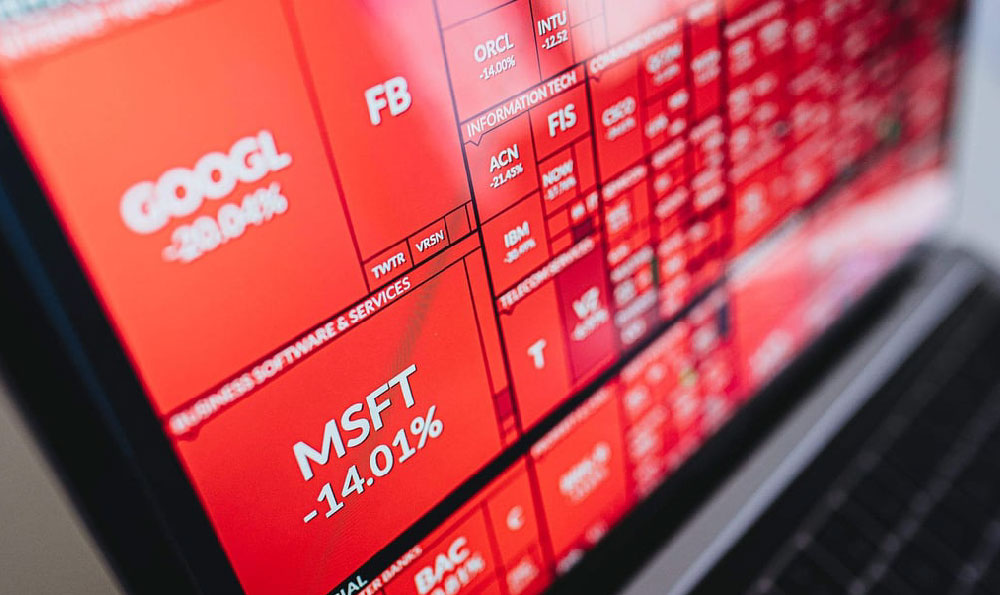QQLink: Cross-Chain Integration - How and Why Now?
The cryptocurrency landscape is a vibrant and rapidly evolving ecosystem. While Bitcoin pioneered the concept of decentralized digital currency, its limitations, particularly in scalability and functionality, spurred the creation of a multitude of alternative blockchains, each with its own unique features and consensus mechanisms. This proliferation of chains, while indicative of innovation, has also led to fragmentation, hindering the widespread adoption and utility of cryptocurrencies. Isolated blockchains operate as walled gardens, making it difficult to transfer assets and data seamlessly between them. This is where cross-chain integration solutions like QQLink come into play, addressing the need for interoperability and unlocking new possibilities for the future of decentralized finance (DeFi) and beyond.
Cross-chain integration, at its core, refers to the ability to transfer value and information between different blockchain networks. This can take various forms, including token bridging, cross-chain messaging, and inter-blockchain communication protocols. These mechanisms enable users to move assets like tokens and NFTs from one chain to another, participate in DeFi applications across multiple networks, and access a broader range of services and opportunities. Imagine, for example, seamlessly using your Ethereum-based stablecoins to lend on a Solana-based lending platform, or transferring a unique NFT from a gaming blockchain to a metaverse platform on a different chain – cross-chain integration makes these scenarios a reality.

The "how" of cross-chain integration is complex and multifaceted, involving a variety of technological approaches. Early solutions often relied on centralized exchanges to facilitate cross-chain transfers, which introduces security risks and undermines the principles of decentralization. More sophisticated approaches include:
-
Bridges: Bridges act as intermediaries between two blockchains, locking tokens on the source chain and minting equivalent tokens on the destination chain. These bridges can be either centralized (custodial), requiring trust in a central entity to safeguard the locked assets, or decentralized (non-custodial), employing smart contracts and cryptographic techniques to ensure the security and transparency of the transfer process. The choice between custodial and non-custodial bridges often involves a trade-off between convenience and security.
-
Atomic Swaps: Atomic swaps allow for the direct exchange of assets between two blockchains without the need for a trusted third party. They leverage cryptographic hashlocks and timelocks to ensure that either both parties complete their side of the transaction or neither does, preventing one party from receiving the assets without reciprocation. While atomic swaps offer a high level of security, they can be technically complex to implement and may not be suitable for all types of assets.
-
Relays: Relays are systems that allow one blockchain to verify the state of another blockchain. They typically involve validators who monitor the source chain and relay relevant data to the destination chain. This enables smart contracts on the destination chain to execute actions based on the events that have occurred on the source chain.
-
Inter-Blockchain Communication (IBC) Protocol: IBC is a standardized protocol for transferring data between heterogeneous blockchains. It focuses on security and sovereignty, allowing blockchains to maintain control over their own consensus mechanisms and governance while still interoperating with other chains. IBC is being developed by the Cosmos ecosystem and is gaining traction as a robust and scalable cross-chain solution.
The "why now" of cross-chain integration is driven by several key factors. Firstly, the rapid growth of DeFi has created a demand for access to a wider range of financial instruments and opportunities across different blockchains. Users want to be able to leverage the strengths of different chains, such as the high throughput of Solana or the extensive ecosystem of Ethereum, without being confined to a single network.
Secondly, the emergence of new blockchain applications, such as NFTs and gaming platforms, has highlighted the need for interoperability to unlock the full potential of these technologies. NFTs, for example, could be used in multiple games or virtual worlds if they could be easily transferred between different blockchains.
Thirdly, cross-chain integration can help to improve the scalability and efficiency of the overall blockchain ecosystem. By distributing transaction load across multiple chains, it can alleviate congestion on individual networks and reduce transaction fees.
However, it's crucial to acknowledge the challenges and risks associated with cross-chain integration. Security is paramount, as bridges and other cross-chain mechanisms are often attractive targets for hackers. Vulnerabilities in smart contracts or consensus mechanisms can lead to the loss of funds, as has been demonstrated by several high-profile bridge hacks. Therefore, rigorous security audits and robust risk management strategies are essential for any cross-chain solution.
Furthermore, the complexity of cross-chain technology can make it difficult for users to understand and interact with. User interfaces need to be intuitive and user-friendly to encourage adoption. The fragmented nature of the cross-chain ecosystem also poses a challenge, as different solutions may not be compatible with each other. Standardization efforts, such as IBC, are important for promoting interoperability and reducing fragmentation.
Looking ahead, cross-chain integration is likely to play an increasingly important role in the evolution of the blockchain ecosystem. As more blockchains emerge and new applications are developed, the need for seamless interoperability will only grow stronger. Solutions like QQLink, which prioritize security, scalability, and user experience, have the potential to unlock new possibilities for DeFi, NFTs, and other blockchain applications, driving wider adoption and fostering a more interconnected and collaborative ecosystem. Investors and users need to remain vigilant, understanding the inherent risks, and carefully evaluating the security and reliability of any cross-chain solution before entrusting it with their assets. Due diligence and a healthy dose of skepticism are essential when navigating the complex and evolving landscape of cross-chain technology. The future of blockchain is likely to be multi-chain, and cross-chain integration is the key to unlocking that potential.












